Penguin supports copyright. Copyright fuels creativity, encourages diverse voices, promotes free speech, and creates a vibrant culture. Thank you for buying an authorized edition of this book and for complying with copyright laws by not reproducing, scanning, or distributing any part of it in any form without permission. You are supporting writers and allowing Penguin to continue to publish books for every reader.
Names: Kostigen, Thomas, author.
Title: Hacking planet Earth: how geoengineering can help us reimagine the future / Thomas Kostigen.
Description: New York: TarcherPerigee, an imprint of Penguin Random House, LLC, 2020. | Includes bibliographical references and index.
Identifiers: LCCN 2019029958 (print) | LCCN 2019029959 (ebook) | ISBN 9780593187548 (hardcover) | ISBN 9780525538363 (ebook)
Subjects: LCSH: Environmental geotechnology.
Classification: LCC TD171.9 .K67 2020 (print) | LCC TD171.9 (ebook) | DDC 628dc23
INTRODUCTION
Why Cant We?
 Why cant we? Its a question that nagged at me. Why cant we reset the course of nature, utilizing human innovation and advanced technologies? We have, after all, already bent nature out of shape and aimed it squarely against us. That turnabout largely began with the Industrial Revolution, when we started pluming massive amounts of carbon dioxide into the atmosphere that nature isnt able to soak up and store properly. Excess carbon means extra heat and global temperature riseand more extreme weather. As of 2018, the annual number of extreme meteorological events had doubled since 1980. It means oceans expand and rise. The rate of global sea level rise had jumped 50 percent in just two decades. It means more droughts and floods. The number of yearly storms and ensuing floods had quadrupled from the average number forty years ago. California experienced its worst drought in a millennium and its most destructive wildfire in modern history. It means mass casualties and entire populations relocating to more amenable geography. As many as one billion people could become climate refugees by 2050.
Why cant we? Its a question that nagged at me. Why cant we reset the course of nature, utilizing human innovation and advanced technologies? We have, after all, already bent nature out of shape and aimed it squarely against us. That turnabout largely began with the Industrial Revolution, when we started pluming massive amounts of carbon dioxide into the atmosphere that nature isnt able to soak up and store properly. Excess carbon means extra heat and global temperature riseand more extreme weather. As of 2018, the annual number of extreme meteorological events had doubled since 1980. It means oceans expand and rise. The rate of global sea level rise had jumped 50 percent in just two decades. It means more droughts and floods. The number of yearly storms and ensuing floods had quadrupled from the average number forty years ago. California experienced its worst drought in a millennium and its most destructive wildfire in modern history. It means mass casualties and entire populations relocating to more amenable geography. As many as one billion people could become climate refugees by 2050.
Reducing carbon emissions, or carbon mitigation, hasnt worked; we continue to overpollute the atmosphere. And in September 2016, we went past the tipping point: Four hundred parts per million of carbon dioxide was calculated to be present in the atmosphere during the month when carbon should be circulating in the air at its lowest levels. Summer vegetation sucks more carbon out of the atmosphere than at any other time, leaving September with the least amount. But 2016 was different. The ceiling of four hundred parts per million became the floorand we broke through it. That means the effects of global warming are likely irreversible without intervention. The result, if current rates continue, is temperature rise of 5.4F by the middle of the century. The consequences of that are more bouts of extreme weather, higher sea level rise, massive migrations from low-lying areas, and endangered global food supplies. The heat might even completely destroy the Amazon rainforest, also known as the Earths lungs because of all the carbon that it takes from the atmosphere and stores. If the Amazon goes, climate change effects will multiply exponentially.
Given this new reality, this hostile environment of the future, we have to opt for a more extreme approach to fighting climate change. We need silver bullets.
Geoengineering is defined as the deliberate large-scale manipulation of an environmental process that affects the Earths climate, in an attempt to counteract the effects of global warming. Its the fighting method we need if we are to stand a chance against natures wrath.
Many environmentalists, including Al Gore, are opposed to the idea. He and others believe that if we intervene with the climate, we will be addressing the symptoms and not the causes of our human environmental plight; the movement to lower carbon emissions will be abandoned for expediency. They fear that peoples preventative environmental actions, such as using less fossil fuel energy, will wane and society will instead count on unproven cures. But the National Academy of Sciences says exploring and funding research for geoengineering possibilities are necessary.
Visionaries such as Sir Richard Branson, Elon Musk, and Bill Gates believe artificial modification has its benefits if executed carefully and responsibly. Im in their camp. Throughout this book various geoengineering methods are explored, as are ways to better manage the other natural elements we rely on for our survivalland, seas, our freshwater and food sources, and more.
Over the years, I supported the idea that if masses of people took little steps to save the planet, we could do it. That idea was manifest in my 2007 book, The Green Book: The Everyday Guide to Saving the Planet One Simple Step at a Time. It gave hundreds of simple actions people could take to reduce waste, lower their energy use, and save water.
A year later, in my book You Are Here: Exposing the Vital Link Between What We Do and What That Does to Our Planet, I explored how we affect people, places, and things all over the world by what we do when we waste, pollute, and overconsume. The book called for more environmental education and awareness, and showed how we are all connected by our mutual actions. But a few years later, I realized that what we were doing as environmental activists wasnt working. I then wrote a comprehensive book on climate preparednessa National Geographic guide for the inevitable effects of an extreme environment.
September 2016 was another turning point for me. If we could no longer slow global warming, if it wasnt enough to prepare, wed have to take control of nature.
Hacking Planet Earth shows us the world we are in for and what we can do about it with forward-thinking fixes. Fate cannot be left to chance any longer. We have to forge our own way ahead using the one faculty that separates us most from all other living things on Earth: our ability to think, to innovateour ability to reason. Its only our ability to reason with an increasingly hostile planetmade hostile by our own doingthat will allow us our future.
But this movement wont work at the grassroots level. It is time to turn our collective attention toward supporting industry and encouraging the business community, scientists, and technologistsinnovators!to step up and do what they do best: invent, pioneer, disrupt the same old ways of doing things. Yes, industry, the sector of society responsible for much of human-caused global warming to begin with, has to turn things around and lead the charge to help mend our climate.



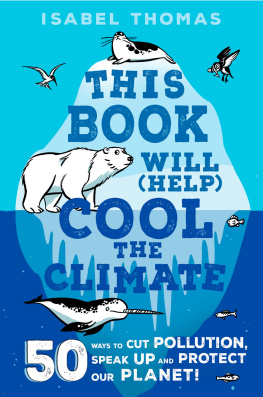
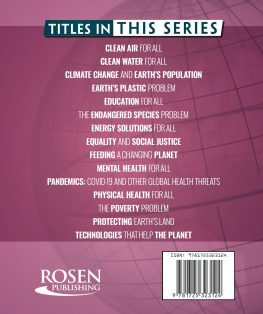
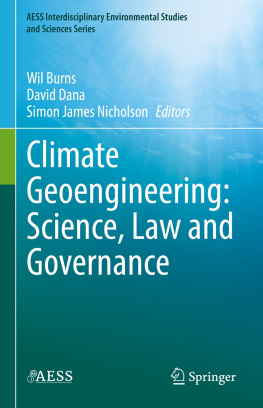
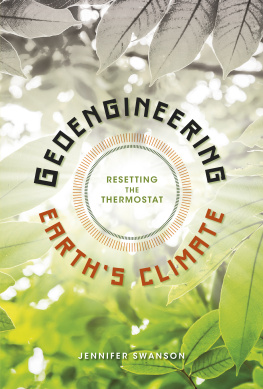


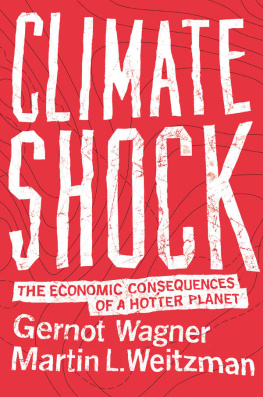
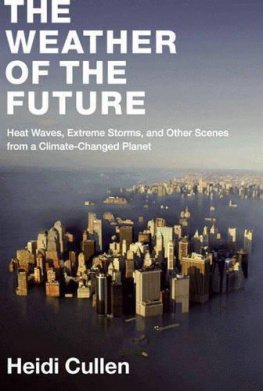

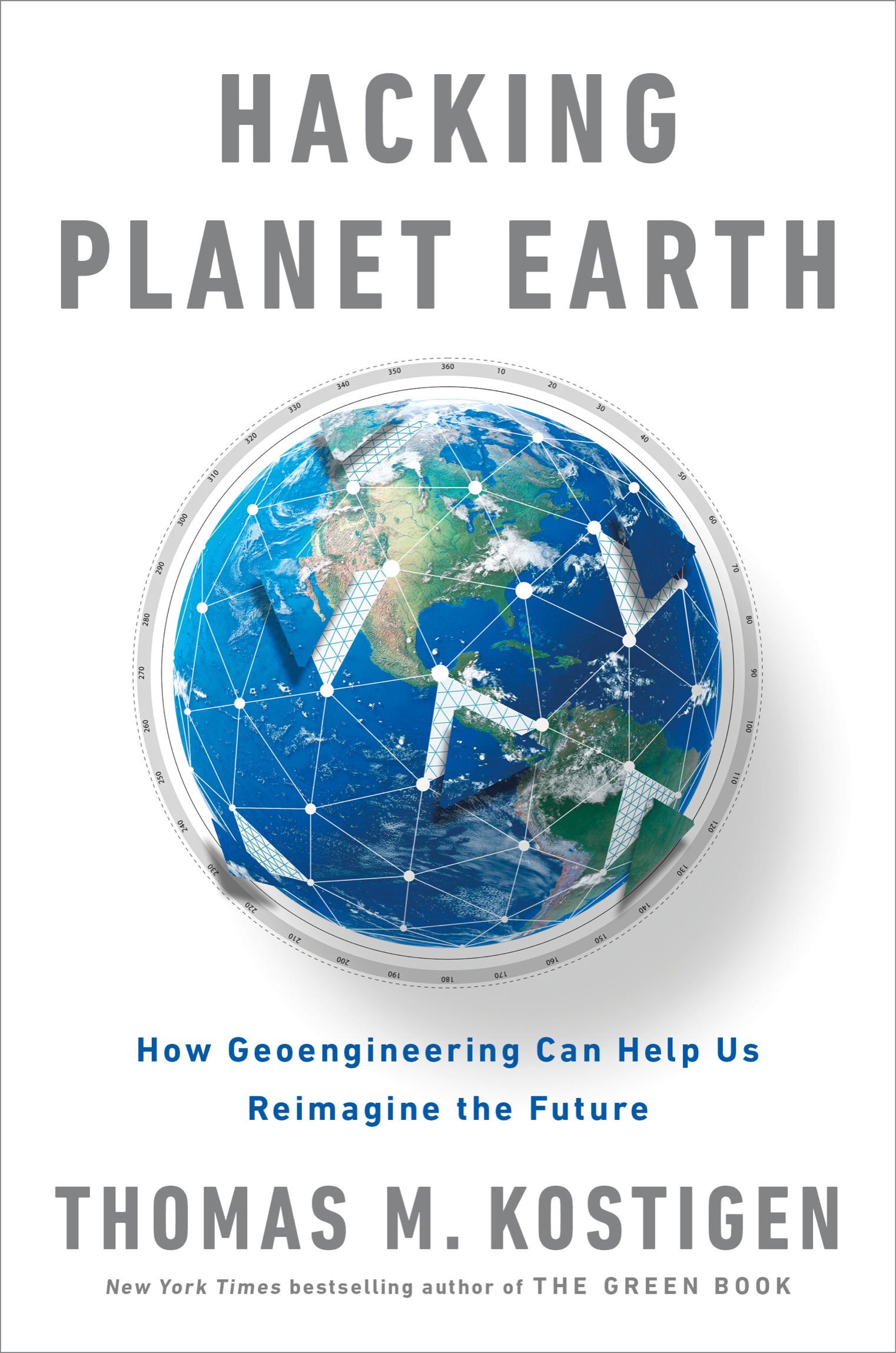


 Why cant we? Its a question that nagged at me. Why cant we reset the course of nature, utilizing human innovation and advanced technologies? We have, after all, already bent nature out of shape and aimed it squarely against us. That turnabout largely began with the Industrial Revolution, when we started pluming massive amounts of carbon dioxide into the atmosphere that nature isnt able to soak up and store properly. Excess carbon means extra heat and global temperature riseand more extreme weather. As of 2018, the annual number of extreme meteorological events had doubled since 1980. It means oceans expand and rise. The rate of global sea level rise had jumped 50 percent in just two decades. It means more droughts and floods. The number of yearly storms and ensuing floods had quadrupled from the average number forty years ago. California experienced its worst drought in a millennium and its most destructive wildfire in modern history. It means mass casualties and entire populations relocating to more amenable geography. As many as one billion people could become climate refugees by 2050.
Why cant we? Its a question that nagged at me. Why cant we reset the course of nature, utilizing human innovation and advanced technologies? We have, after all, already bent nature out of shape and aimed it squarely against us. That turnabout largely began with the Industrial Revolution, when we started pluming massive amounts of carbon dioxide into the atmosphere that nature isnt able to soak up and store properly. Excess carbon means extra heat and global temperature riseand more extreme weather. As of 2018, the annual number of extreme meteorological events had doubled since 1980. It means oceans expand and rise. The rate of global sea level rise had jumped 50 percent in just two decades. It means more droughts and floods. The number of yearly storms and ensuing floods had quadrupled from the average number forty years ago. California experienced its worst drought in a millennium and its most destructive wildfire in modern history. It means mass casualties and entire populations relocating to more amenable geography. As many as one billion people could become climate refugees by 2050.